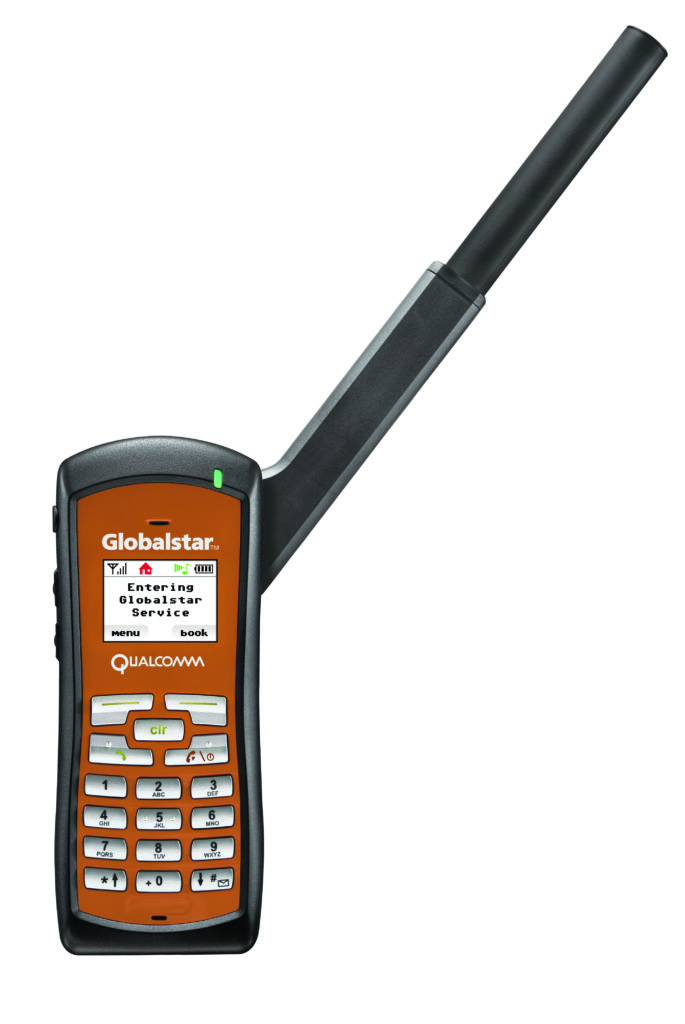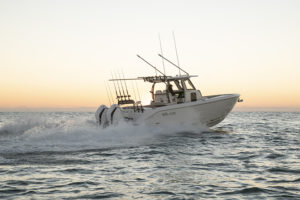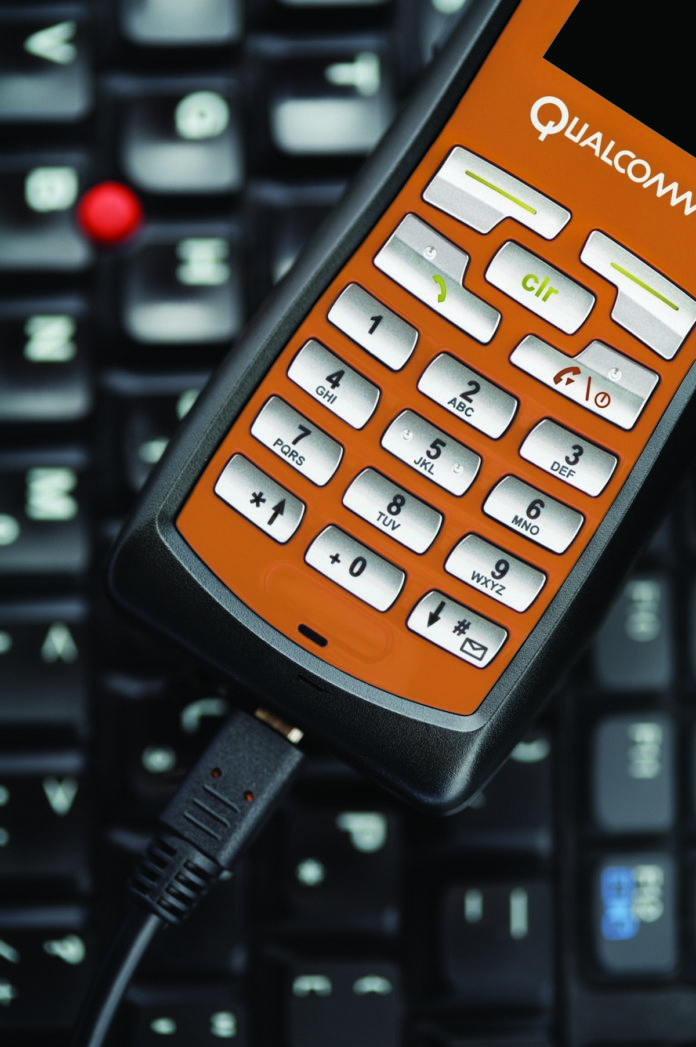Make no mistake, most of us rely heavily on our cell phones these days for near-instant communication when we’re out and about. We rarely leave the house without checking to see if we have it in our pocket or purse, and when we occasionally do forget it, we feel exposed—even vulnerable—and sometimes a bit of panic sweeps over us.
Cell phones certainly have allowed us to feel connected and safe during our daily activities, even in fishing situations if we’re close enough to a cell tower to “get a signal.” But what about those 100-plus-mile trips out to the canyons, well out of cell range, or out on a big lake that’s dozens of miles from the nearest tower?
In these situations a cell phone is virtually useless. If you’re out on the ocean you might (and should) have a fixed-mount, 25-watt VHF radio aboard, but VHF transmission and reception has its range limitations as well, and you can’t count on getting through to the Coast Guard if you’re more than 10 or 15 miles offshore.
One possible solution is a personal GPS locator beacon, or PLB. These small, pocketsize devices will allow you to text or send an emergency signal that alerts responders to come looking for you. That’s fine for what it is, but it won’t allow you to actually talk with anyone.
GREAT SAFETY SOLUTION
The best solution when out of cell phone range, in my opinion, is a mobile satellite phone. About the size and weight of a small cordless phone handset you might have in your home, a sat phone uses satellites instead of cell towers to send and receive signals.
A few years back, sat phones were somewhat unreliable in an emergency, as you often had to wait for the right satellite to pass overhead to pick up your signal. That’s all changed now, as the better services have enough satellites in orbit to pick up your signal 24/7 in virtually all areas of the U.S. and even beyond. Signal acquisition is very fast now, a real boon when you need to talk with someone or summon help in a hurry.
I’ve carried a sat phone on my 28-foot Whitewater center console since 2012, and my original phone worked pretty well. It sometimes took a minute or more to acquire a signal, and often had an annoying delay or “echo” of my own voice when I was talking, but otherwise it was pretty good. I’ve used it 40 miles offshore as well as in the woods in Northern Maine, and it’s done the job.
GLOBALSTAR GSP-1700 PHONE SHINES
However, I was recently given the opportunity to test a Globalstar GSP-1700 handheld sat phone. It’s a very small, lightweight unit (7 ounces) that I can slide in my pocket, and it’s easy to use. You simply rotate and extend the plastic antenna, press the power button, and wait for the lighted display window to indicate that you have acquired the signal. Then simply dial 1, the area code and the number you want to call, and press the “send” button. It will normally ring through within 10 seconds.

Globalstar GSP-1700 handheld sat phone
I tested the signal acquisition time in various locations, and here are the results: 40 miles offshore in the Gulf of Maine, 3 seconds; coastal water near shore, 3 seconds; inland 10-acre pond, 3 seconds; harbor waters, 3 seconds; and my driveway, 16 seconds. My driveway is surrounded by tall trees and my garage, which no doubt interfered with faster acquisition, yet my other sat phone took 58 seconds in that same spot. The more open the space where you’re calling, the better the signal.
The voice quality with the GSP-1700 is extremely clear, and I’ve experienced no delay or echo. The signal goes up to one of their satellites, and from there down to an antenna and into the regular land-based phone system, hard-wire or cellular. Anyone you can call on your home phone or cell phone (including 911) can be called on a sat phone, and vice-versa. The rechargeable lithium-ion battery provides 36 hours of standby or four hours of talk time.
Disadvantages? The only thing to remember is that a sat phone needs a clear view of the sky in order to operate. It will not work in a building, vehicle, or in a boat’s cabin or under a T-top unless you use one of the optional remote hard-wired antennas. Other accessories include a 12-volt charger (it comes with an AC charger), several protective cases, headset, and an extra battery.
PHONE COST, SERVICE PLAN OPTIONS
You can get a refurbished Globalstar GSP-1700 from the company for just $399, a good deal since many new sat phones can run $1,000 or more. Several Globalstar airtime plans are available for 2019, the most basic of which is the Orbit 100, which costs $64.99 per month. This plan gives you 100 minutes of talk-time per month, with additional minutes billed at $.99 each. Other plans offer more airtime per month, and are priced accordingly. For more information and to purchase a phone and service, visit www.globalstar.com.
If you venture more than a few miles offshore, the GSP-1700 mobile sat phone can provide safety and peace of mind that a cell phone just can’t match. I liked it so much I bought one to replace my original sat phone, and keep it in a waterproof plastic “ammo box” on the boat, ready to go at a moment’s notice.



